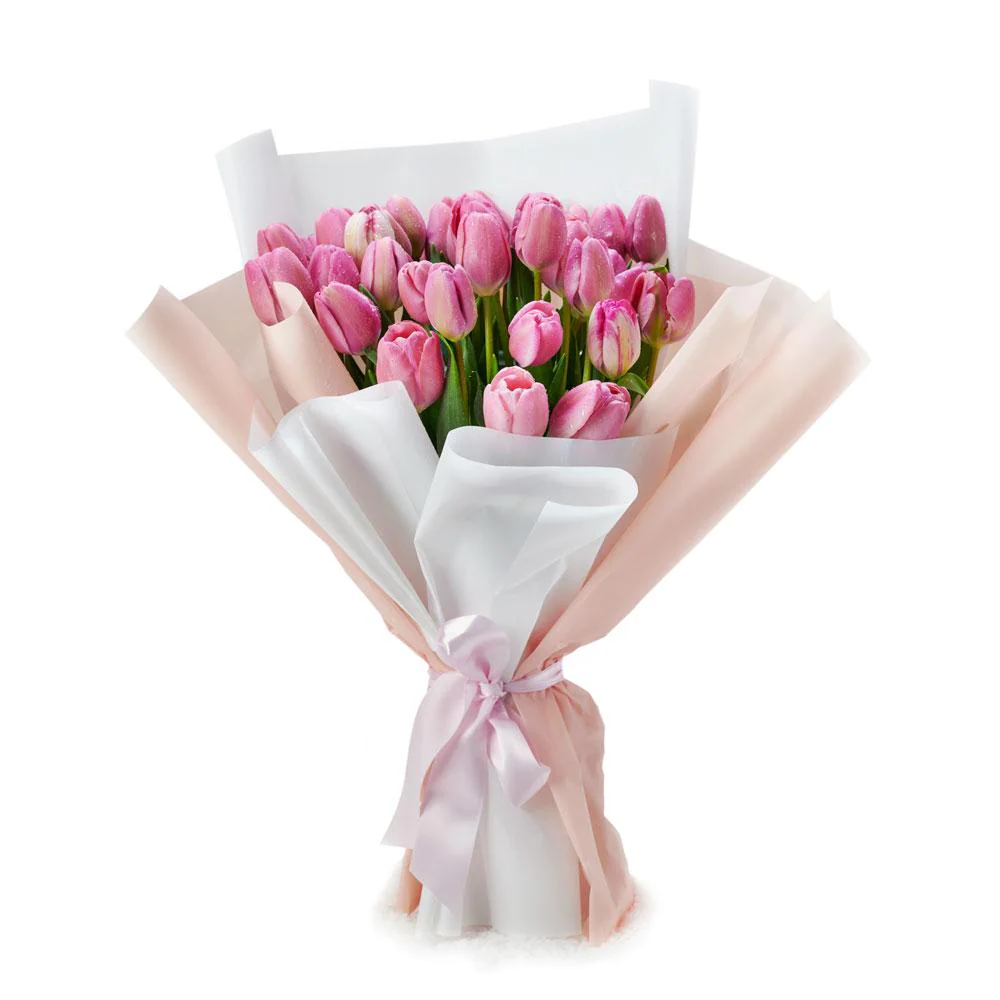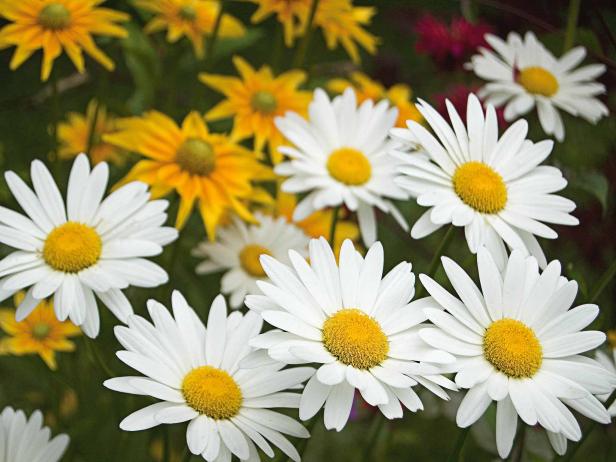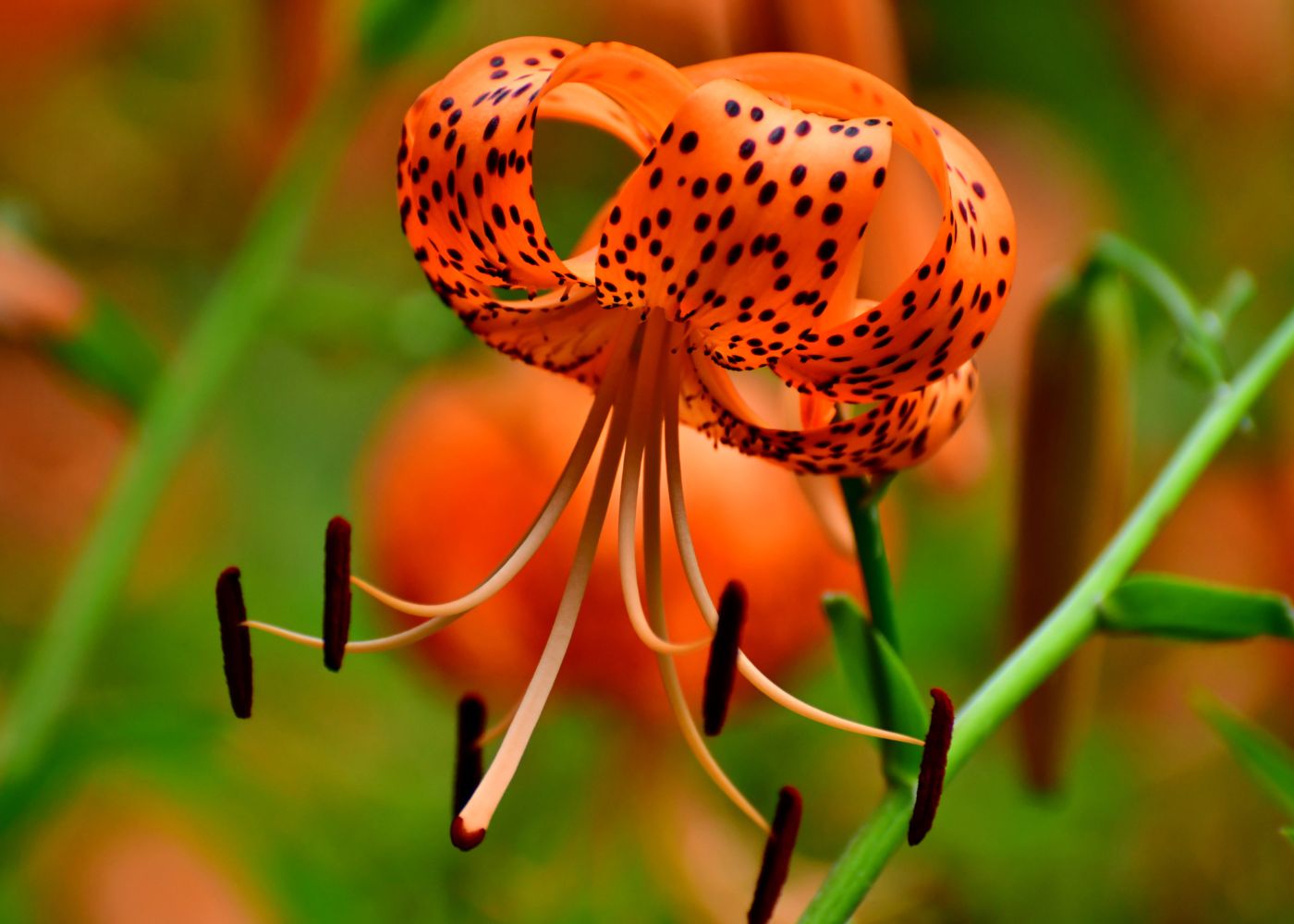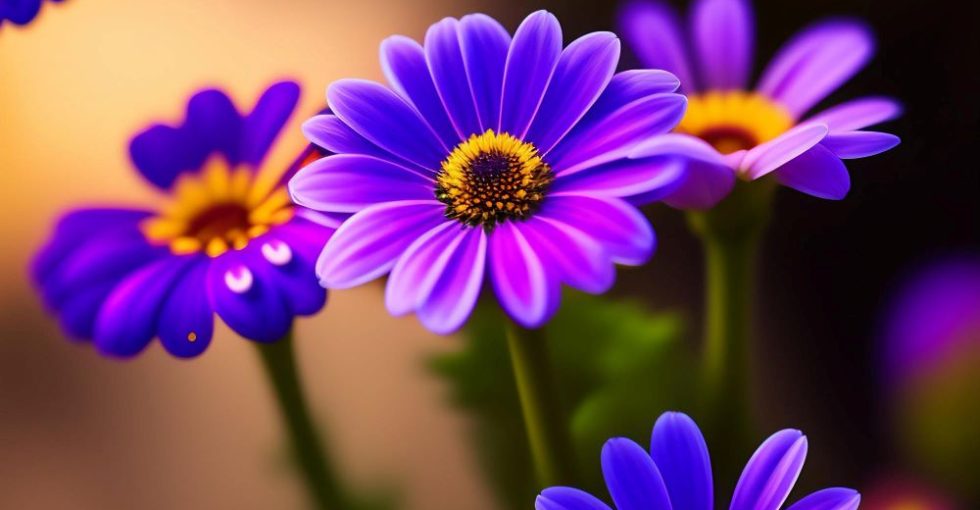We discuss English flower names, answer common questions, and explore the cultural flowers in English-speaking countries.
Are you aware of the caution needed when gifting yellow roses? Did you know that giant sunflowers can reach up to 20 feet in height? And interestingly, calla lilies aren’t true lilies at all. Facts like these can aid in recalling various flower types in English.
This article will delve into the names of familiar flowers in English, exploring their origins. Additionally, we’ll touch on common questions about flower names in English and the cultural importance of flower-giving in English-speaking countries. Scroll down to embark on this exploration!
What is your English level?
Find out your A1 A2 B1 B2 C1 C2 level of English with our quick, free online test.
Popular flowers and their names
In the list below, we enumerate familiar flowers found in North America and Europe. Whether you’re visiting and eager to expand your knowledge or aiming to delve into the history of Anglophone culture, these enjoyable flower facts have you covered. Plus, they offer a great opportunity to practice your English.
Roses
Roses have maintained popularity due to their pleasant fragrance and consistent appearance. In general, they are regarded as luxurious flowers often presented on special occasions. It’s crucial to exercise caution when gifting roses, as different colors can convey distinct emotions.
Red roses
For many, red roses symbolize romance. According to Greek mythology, roses were created by Aphrodite, the goddess of love, when her tears and her lover’s blood fell onto the earth. Consequently, red roses are typically exchanged between romantic partners and have become a popular choice for celebrating Valentine’s Day worldwide.
White roses
In numerous English-speaking societies, the color white symbolizes purity, making white roses a representation of new beginnings. Widely chosen for weddings, they also serve as a fitting and considerate gift for a colleague in celebration or a friend facing the loss of a loved one.
Pink roses
While it wouldn’t offend most to receive pink roses from a romantic partner or love interest, they are also seen as the cuter counterparts of red roses, often given to children for recitals or grandchildren for birthdays.

Tulips
In Western cultures, tulips are predominantly linked with spring, coinciding with their blooming season. The term “tulip” has its roots in the Persian word for “turban,” inspired by the flower’s similarity to the headwrap.
Interesting tidbit: Contrary to popular belief, tulips did not originate in Holland but rather in Central Asia.
Red tulips
If you understand the significance of a red rose, you’ll recognize that red tulips convey a similar message of romance. While some individuals may hesitate to give tulips to their lovers or partners, fearing it might appear too informal, they can actually make for a wonderful and less conventional Valentine’s Day gift.
Purple tulips
Purple tulips symbolize elegance, refinement, and admiration, drawing on the association of the color purple with royalty in Western cultures, given its historical scarcity and expense. While you may not be presenting flowers to a member of the royal family anytime soon, purple tulips make a suitable gift for someone you hold in high regard.
Yellow tulips
Yellow tulips, representing spring, perfectly capture the essence of good cheer, happiness, and hope. They can be a thoughtful choice for occasions such as baby showers or to express sympathy and support to someone facing challenges.
White tulips
White tulips, despite their simple appearance, carry a weightier significance than some other flowers. Commonly used in religious ceremonies and formal events like funerals, it’s important to exercise caution when giving white tulips, as they may convey a solemn tone. Although white isn’t universally associated with death in many English-speaking countries, these flowers should be presented thoughtfully

Daisies
Among all the English flower names, the etymology of daisies is notably straightforward; “daisy” is derived from “day’s eye,” highlighting the dark center of the flower amidst its vibrant petals. While daisies are sometimes perceived as less elegant due to their frequent occurrence in nature, it’s worth noting that there are numerous varieties beyond the common daisy that offer intriguing exploration.
Common daisies
Common daisies derive their name from their widespread presence in the Northern Hemisphere, especially in Europe and North America. These flowers are commonly linked to qualities of innocence and playfulness, as they are popular among children for their ease of being fashioned into flower chains.
Shasta daisies
The Shasta daisy earned its name from Mount Shasta in California due to its resemblance to the sun peeking behind snowy peaks, with its yellow center and white petals. This variety is slightly larger than the common daisy and is widely favored.

Are you C1 Advanced English?
Get your C1 Advanced English certificate now!
✓ Add your certificate to your resume
⭐ ⭐ ⭐ ⭐ ⭐
Lilies
Similar to roses, lilies possess a distinctive but somewhat milder fragrance and are recognized for their exquisite centers and petals in various colors. Several well-known lily varieties thrive in gardens across the Northern Hemisphere and are commonly chosen as gifts.
Tiger lilies
Tiger lilies are renowned for their distinctive orange-and-brown hues, which inspired their name, although they have spots rather than stripes. Their vibrant colors make tiger lilies an attractive centerpiece throughout the year. However, it’s crucial to be aware that they are toxic to cats, necessitating precautions to keep them out of feline reach.
Easter lilies
This flower derives its name from its widespread use as a holiday adornment in homes and churches during the Easter season. The white hue of the Easter lily represents purity and rebirth, symbolizing the revered resurrection of Jesus Christ, who is believed to be without sin. Given the frequent mention of lilies in the Bible, this flower is also commonly incorporated into other church celebrations, including weddings.

Sunflowers
True to their name, sunflowers are linked to the largest star in our solar system, representing warmth, growth, and happiness. These flowers have the ability to add brightness to any environment and are favored for their role in providing shade in gardens.
Exotic and unusual flowers
What is deemed exotic and uncommon can be subjective, varying based on your region. However, the following flowers are occasionally viewed as distinctive in the United States and the United Kingdom.
- Bird of paradise
- Proteas
- Anthuriums
- Blue roses

Conclusion
In summary, the choice of flower names holds significance. While the term “orange flower” is universally understood, opting for a more specific name like “bird of paradise” elevates your English expression. By expanding your vocabulary, you can enhance your English proficiency to go beyond mere communication. With a selection of over 32,000 English tutors, you have the opportunity to explore various hobbies and cultural interests, mastering their intricacies in English swiftly.
What is your English level?
Find out your A1 A2 B1 B2 C1 C2 level of English with our quick, free online test.





